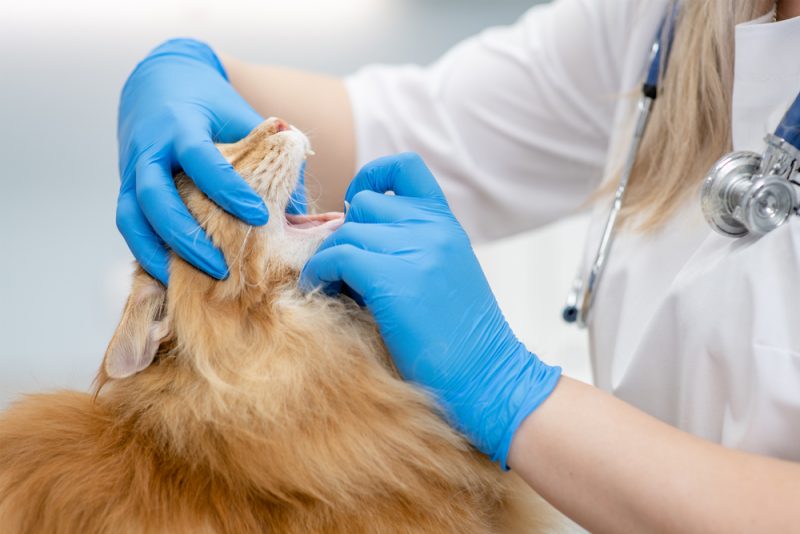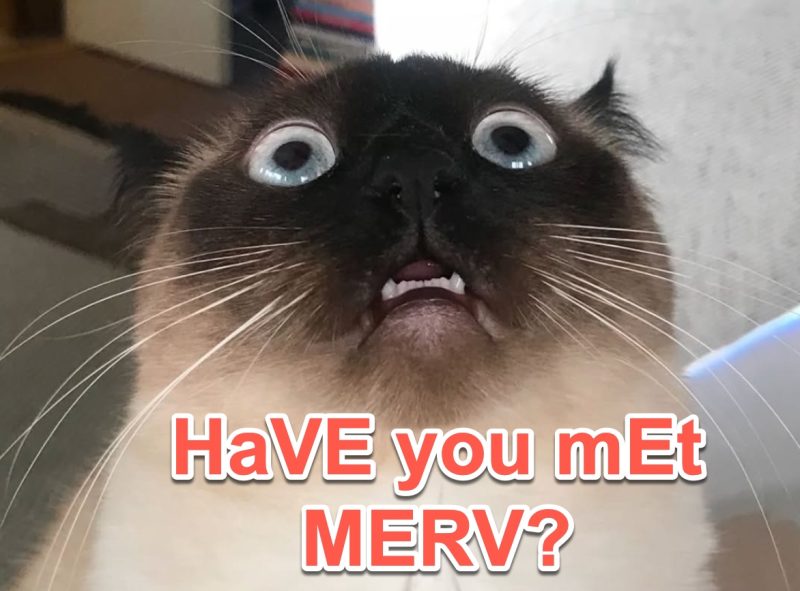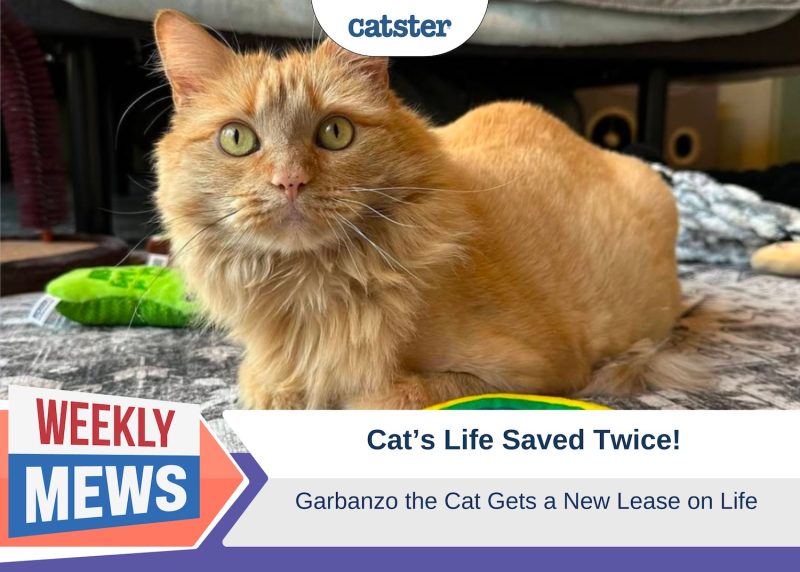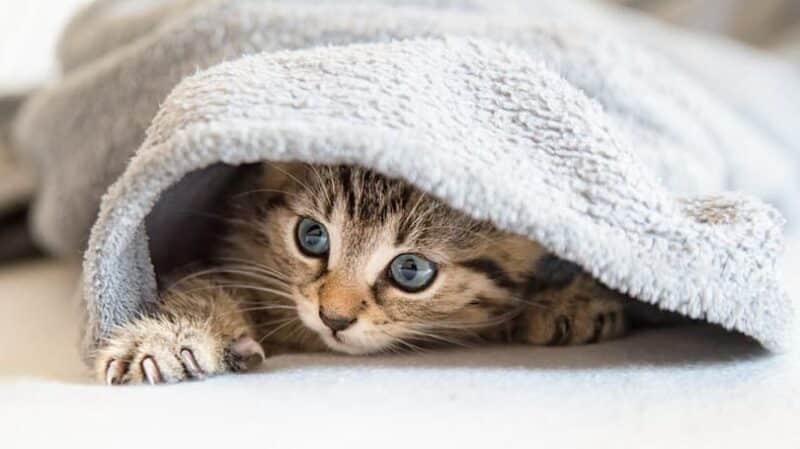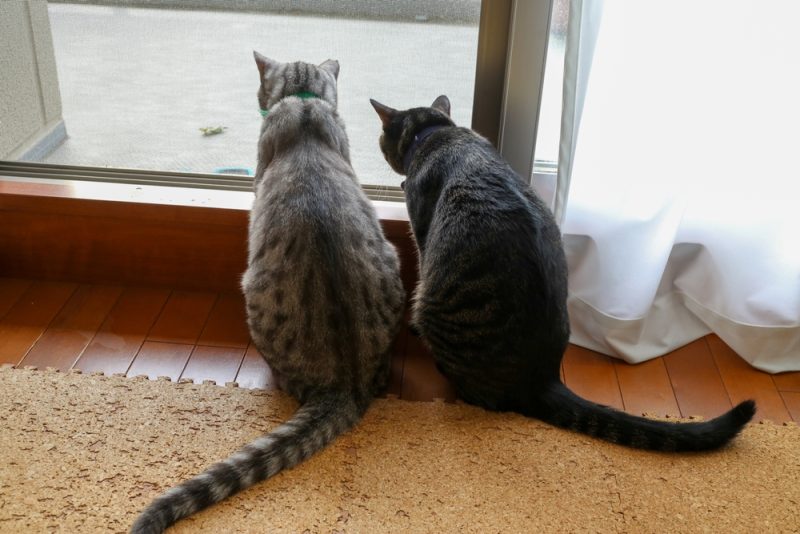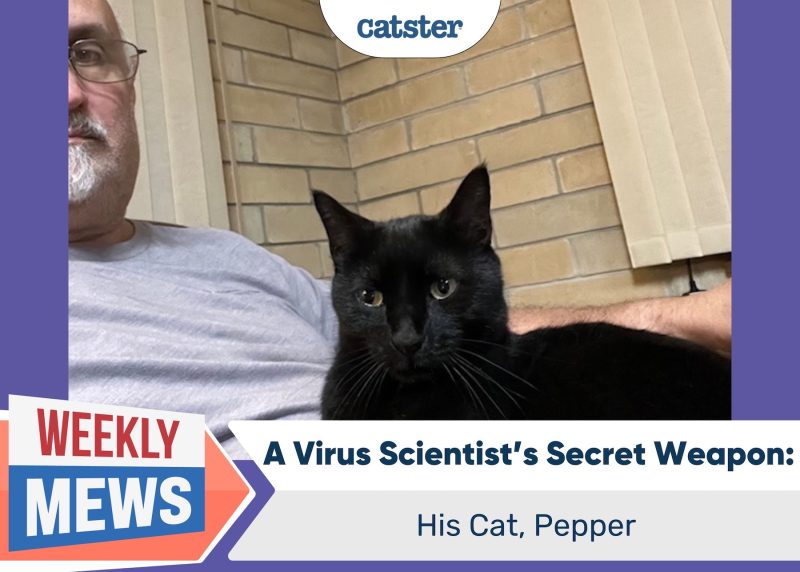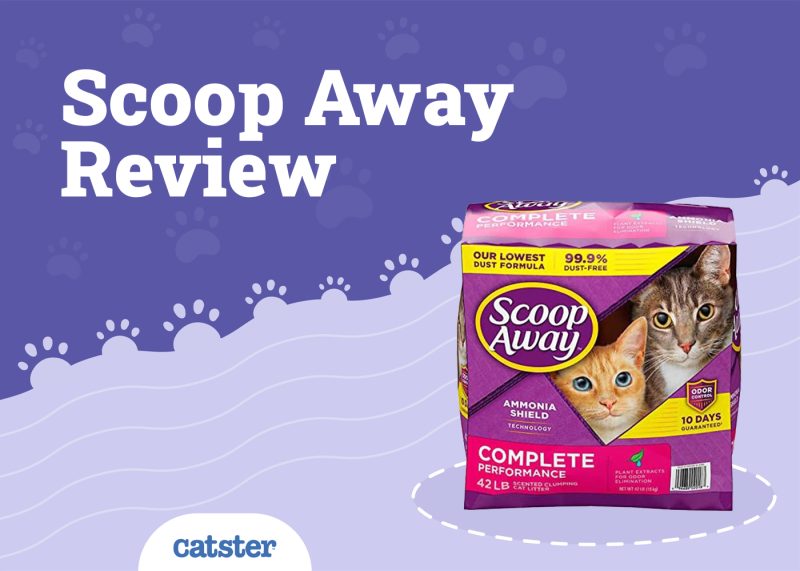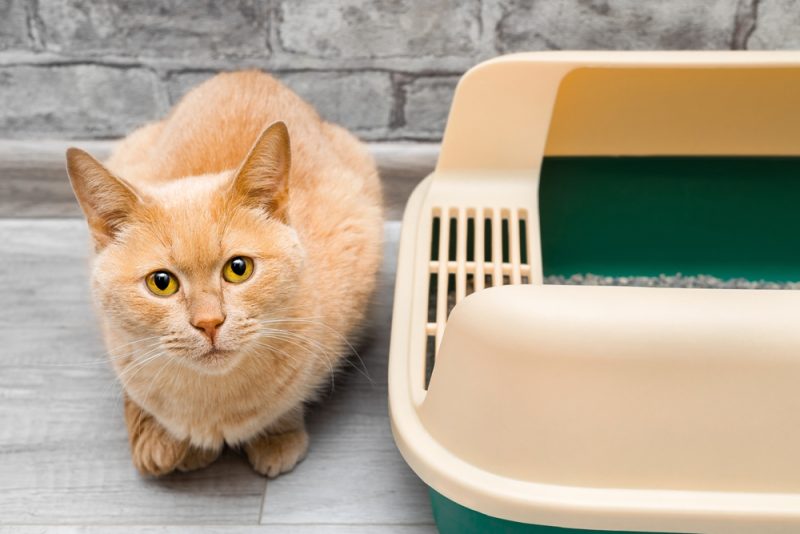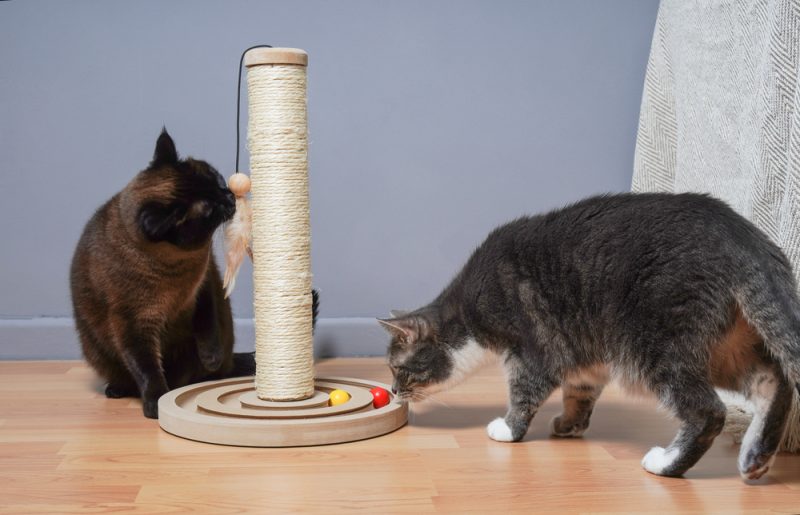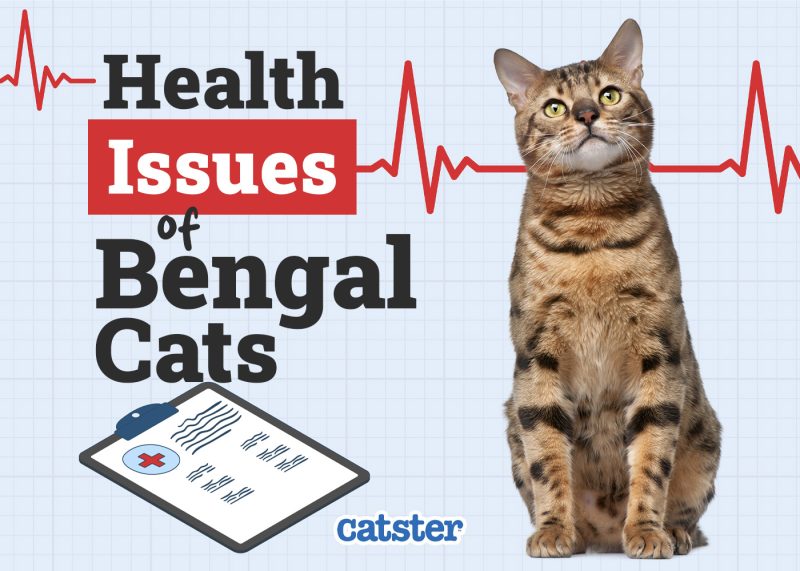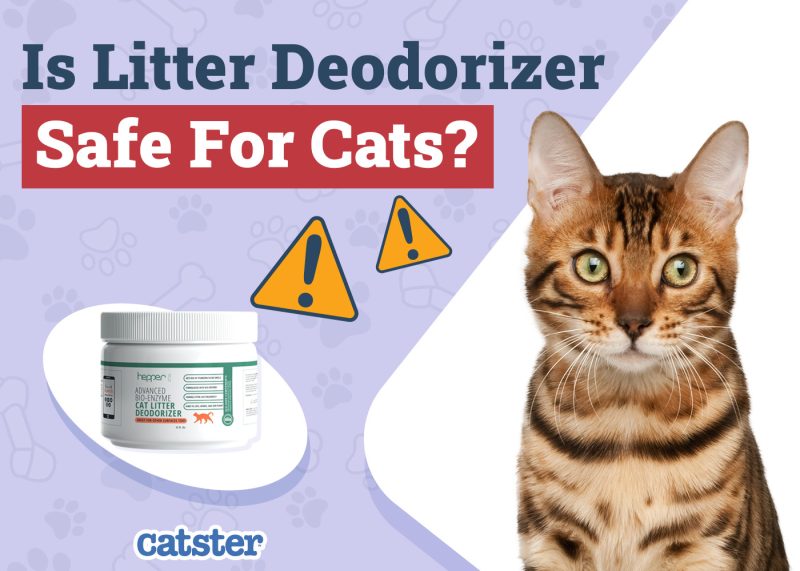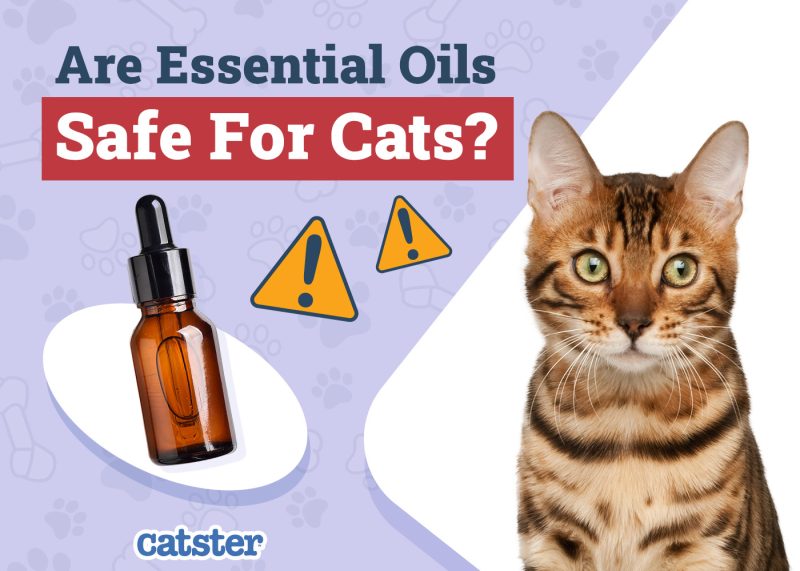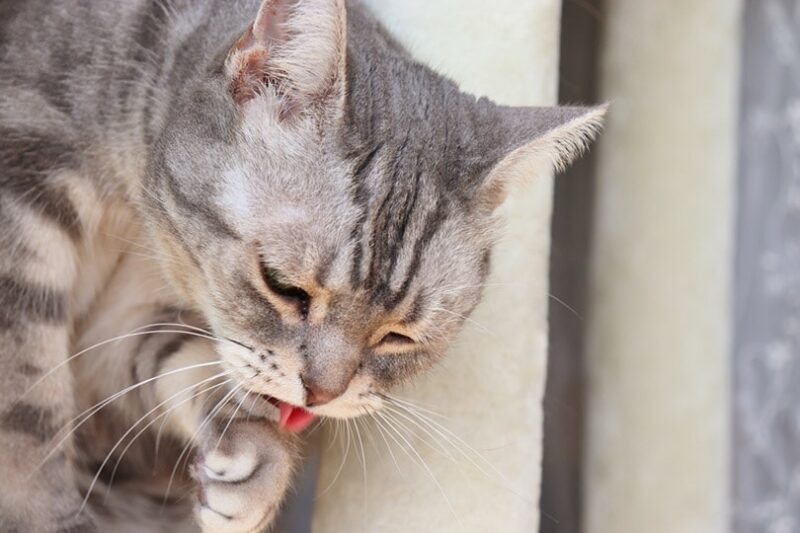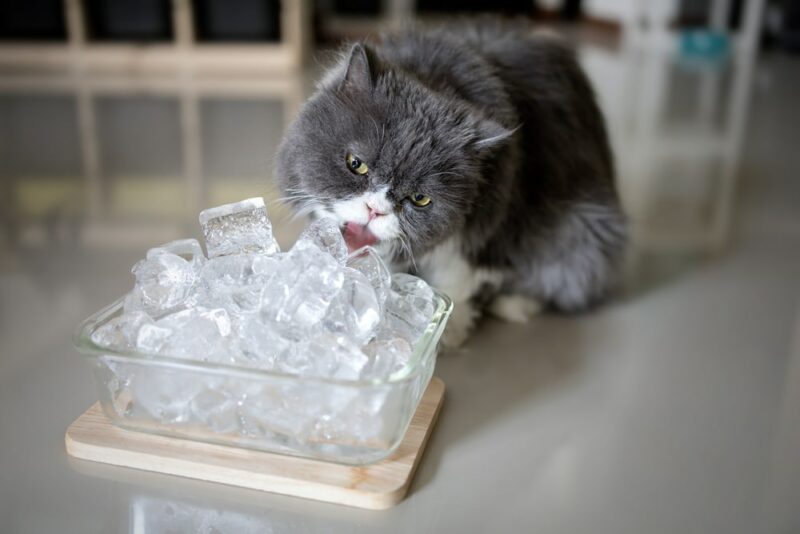Adult cats typically have 30 permanent teeth. By 6 months of age, all of the deciduous teeth (baby teeth) should have fallen out and been replaced by these adult teeth. You may have noticed a tooth that is sticking out at an abnormal angle, or just doesn’t look quite right. This could be a snaggle tooth!
Though not a medically accepted term, snaggle tooth generally refers to a tooth that is crooked, irregular, or misaligned. These can cause discomfort and difficulty eating. Cats can have a snaggle tooth for a number of reasons. The four most common causes are jaw issues, dental issues, trauma (injury), and baby teeth that failed to fall out.
So, do we need to worry? Are braces for cats an option? Read on to find out!

What is a Snaggle Tooth?
A snaggle tooth is an irregular or projecting tooth. They can be caused by jaw (skeletal) misalignment, tooth misalignment, trauma to the face, or retained baby teeth. Snaggle teeth might be obvious if they are towards the front of the mouth and protrude significantly.
Milder snaggle teeth, or those further back in the mouth cavity, may require examination by a veterinarian, sometimes under sedation.
The 4 Common Causes of a Snaggle Tooth
There are four main causes of snaggle tooth in cats:
1. Jaw Misalignment
This refers to skeletal abnormalities or misalignment of the jaw bones. Occlusion describes the way the teeth align with each other. Cats with skeletal malocclusions actually have normal tooth anatomy, but the jaws position the teeth out of place. Instead of being even, there is a discrepancy in upper and lower jaw length.
Common skeletal malocclusions are “overbites” and “underbites”, referred to by vets as Class II and Class III malocclusions.
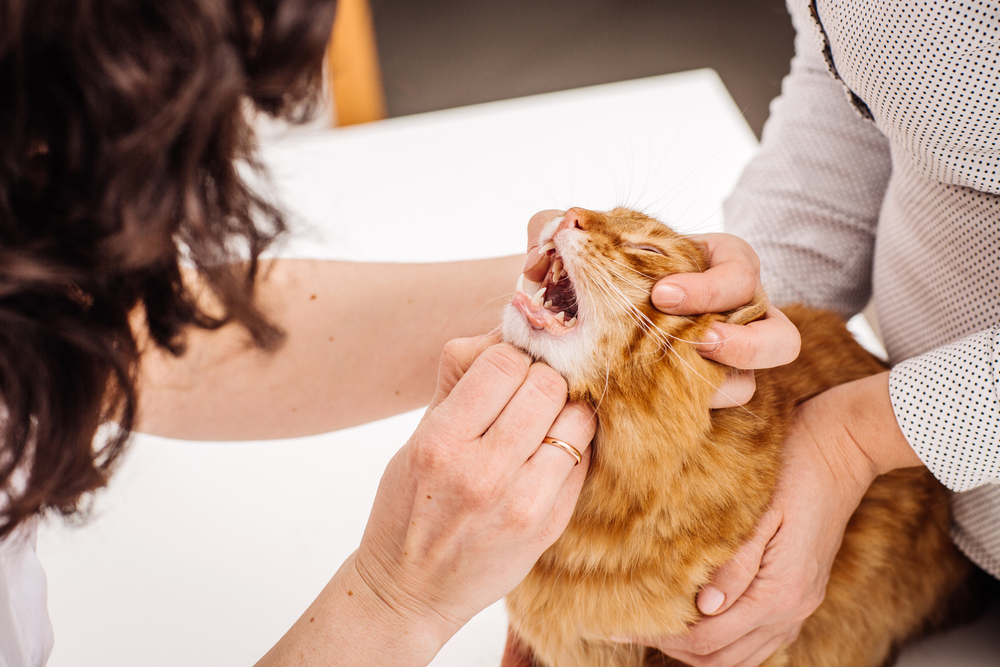
2. Tooth Misalignment
These are referred to as dental malocclusions. In these cats, the jaw anatomy and positioning are normal. However, one or more teeth are malformed or misaligned. They have not erupted from the tooth socket in the correct way. This can lead to gaps between teeth, food impaction, trauma to the gums, and teeth that stick out.
3. Trauma
Trauma or injury to the face can cause snaggle teeth. Normally, this is associated with broken teeth, broken jaws, or both. Bleeding from the mouth is common. Traumatic causes of a snaggle tooth require urgent veterinary care.
If you need to speak with a vet but can't get to one, head over to PangoVet. It's an online service where you can talk to a vet online and get the advice you need for your pet — all at an affordable price!

4. Retained Baby Teeth
As we mentioned, deciduous or baby teeth should have fallen out by six months of age. Unfortunately, this does not happen in all cats. If the baby tooth fails to fall out, the adult tooth will have less space in which to grow, forcing it out of its normal position. This can cause a snaggle tooth.
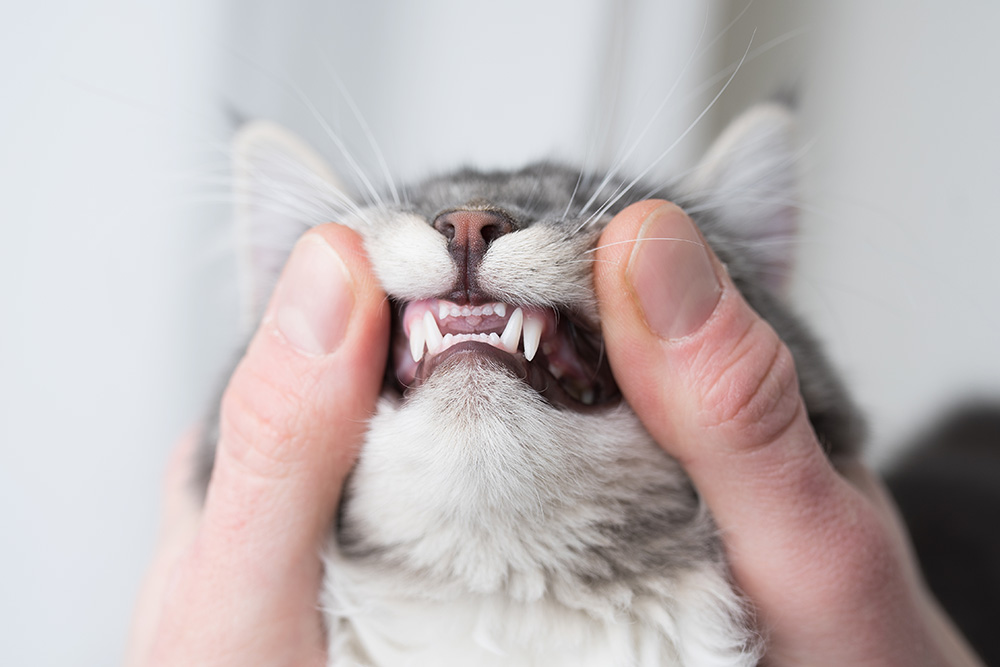

Signs of a Snaggle Tooth
Some cats with a snaggle tooth will show no signs of ill health. Some snaggle teeth are purely cosmetic—although they look abnormal, they do not in fact cause pain or interfere with chewing. Other snaggle teeth can cause discomfort if they contact and traumatize the gums or roof of the mouth.
In severe cases, the following signs may be noticed:
- Reluctance to eat (especially hard foods)
- Spitting out or dropping food
- Drooling
- Changes in demeanor (as a result of pain)

The 3 Treatments for a Snaggle Tooth
The first step in treating a snaggle tooth is deciding if the tooth actually needs any treatment. As we mentioned, some snaggle teeth are purely a cosmetic abnormality and do not require treatment. If it is determined that the snaggle tooth does require treatment, vets will need to assess why the snaggle tooth is there.
Depending on the cause, there are three main options for managing snaggle teeth:
1. Extract the offending teeth
This might seem drastic, but removal of the problematic teeth often provides the fastest and simplest fix. Cats chew and eat completely fine without a few teeth. Most general practitioner vets can perform this dental procedure.
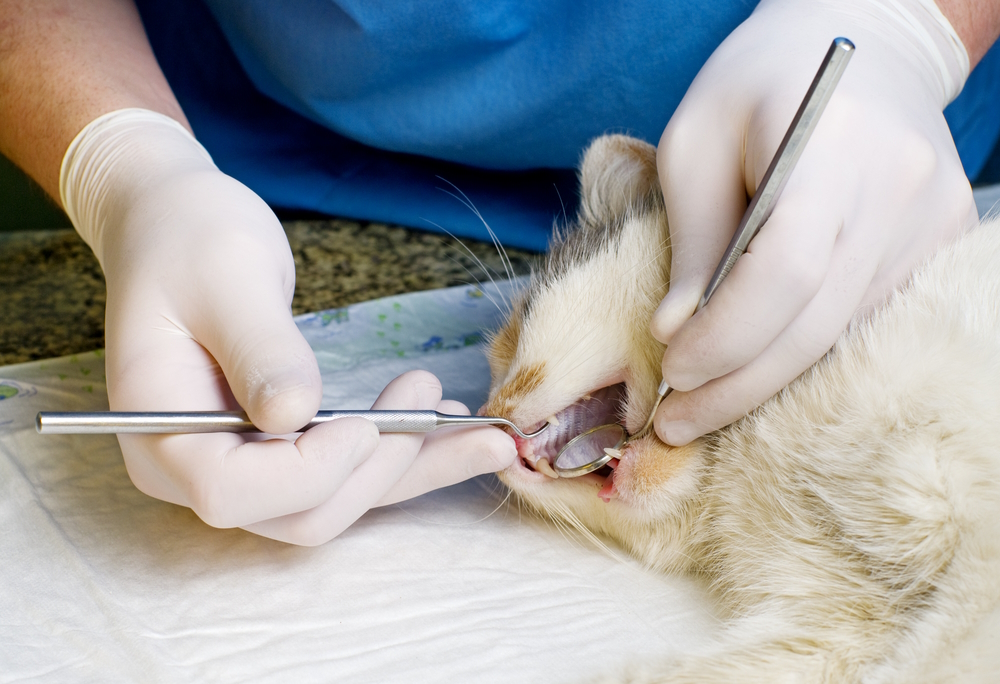
2. Crown reduction/shortening
This involves removing the top portion of the tooth or teeth so that they don’t traumatize other tissues in the mouth. The pulp of the tooth needs to be either medically dressed (vital pulpotomy) or removed and filled (root canal therapy) to prevent infection.
3. Moving teeth
This is the most advanced of the treatment options. It is essentially orthodontics, but for cats. This is achieved using inclined planes, special buttons, and elastics. These procedures should be performed by a veterinary dental specialist or someone with advanced training in the field.

The Difference Between Snaggle Tooth and Periodontal Disease
It’s important to note that snaggle tooth is a relatively rare form of dental disease in cats. Periodontal disease is far more common. This refers to the accumulation of plaque on the teeth, followed by gum disease and tooth loss.
If your cat has bad breath, seems reluctant to eat, or is dropping food, periodontal disease could be at play.
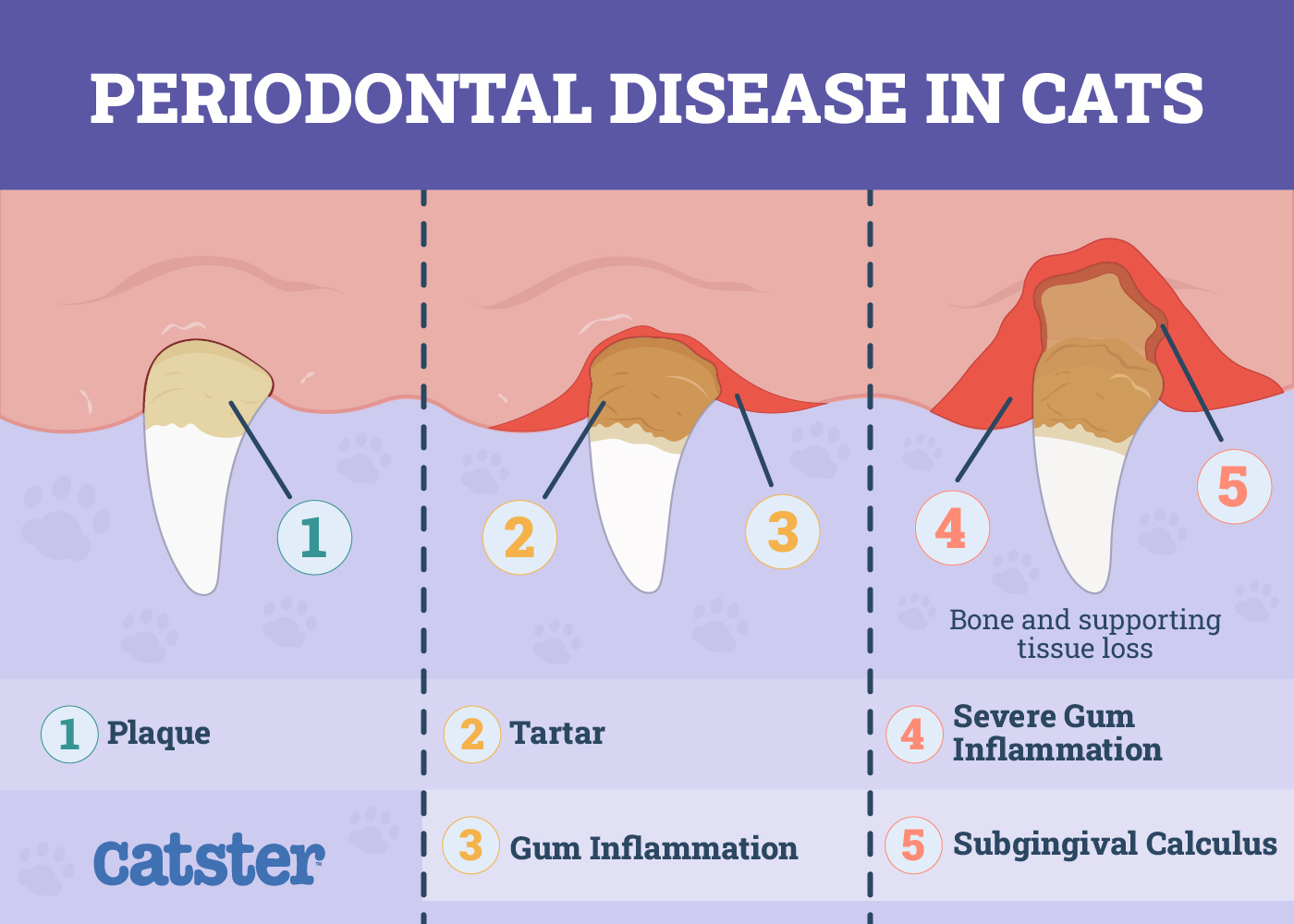

Conclusion
Snaggle teeth are irregular or misaligned teeth. They may be visible just by looking at your cat, but they can be less apparent if they are further back in the mouth. Common causes are jaw and tooth abnormalities, though trauma and retained baby teeth can also cause this.
Several treatment options exist if the teeth in question are affecting the functionality of your cat’s bite, though some snaggle teeth can be left alone. Always consult with a veterinarian to determine the best course of action.
Featured Image Credit: Ermolaev Alexander, Shutterstock
